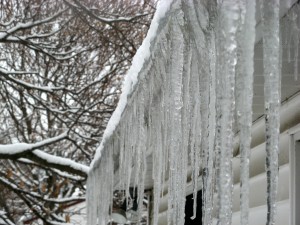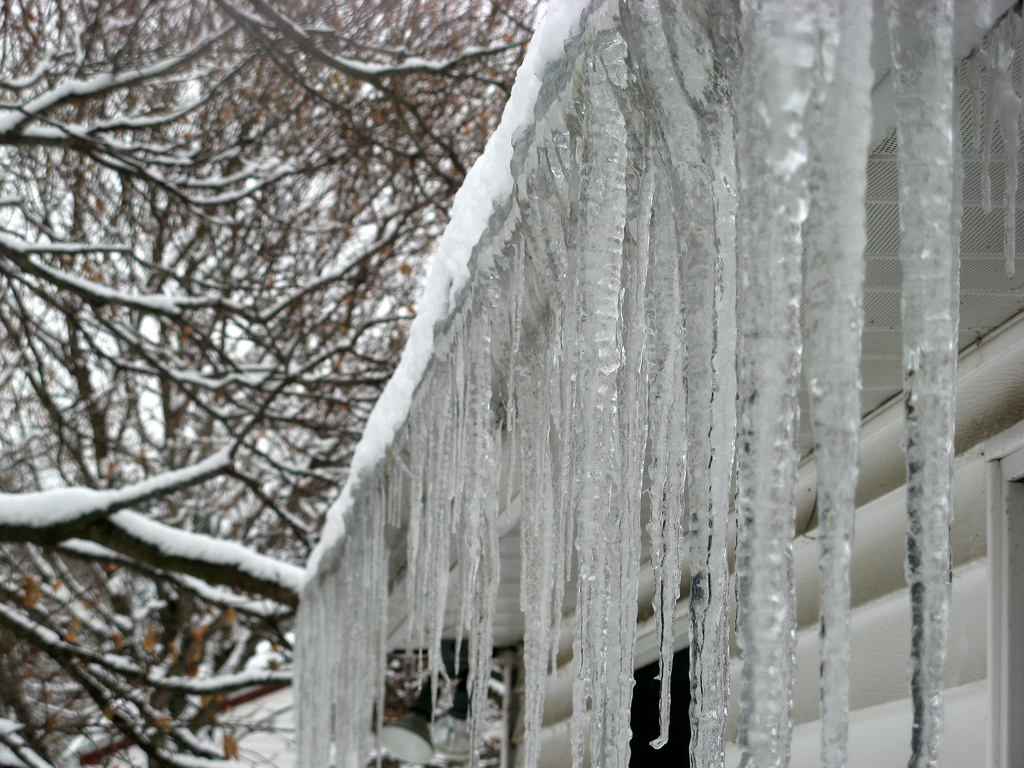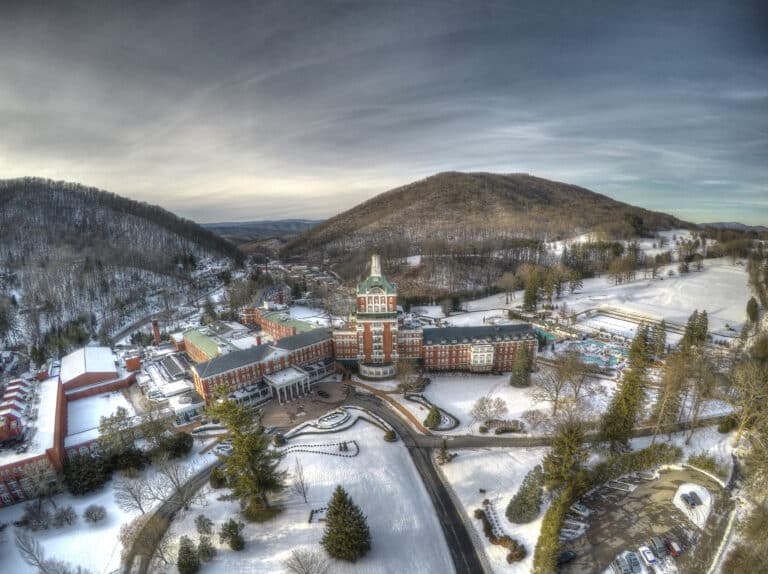Dear EarthTalk: This winter is shaping up to be one of the coldest in recent memory where I live. What can I do to reduce my home heating bill now and in the future? — Eric Lenz, Seattle, WA
 Whether global warming is somehow to blame or not, much of the United States is getting walloped this winter. The Seattle area has suffered its most significant and lingering snowfall—and lower than average winter temperatures—in decades. Even Los Angeles is getting a nasty taste of winter, with several days topping out at the freezing mark on the thermometer. And other parts of the country more used to challenging winter weather have been getting an extra dose of wind, snow and ice this year as well.
Whether global warming is somehow to blame or not, much of the United States is getting walloped this winter. The Seattle area has suffered its most significant and lingering snowfall—and lower than average winter temperatures—in decades. Even Los Angeles is getting a nasty taste of winter, with several days topping out at the freezing mark on the thermometer. And other parts of the country more used to challenging winter weather have been getting an extra dose of wind, snow and ice this year as well.
Besides the cold, another challenge this wintry weather presents, especially during such trying economic times, is higher heating bills. Heating typically accounts for about 28 percent of the average American home’s energy use, but this year staying warm might occupy a larger slice of the household expenditure pie. Homeowners who take a few simple steps to make their homes more weather-tight, though, just might be amazed to see their heating bills go down while they languish inside their toasty and warm homes.
If you’re a handy person and your draft issues are minor, you might want to go around and assess just where cold air seems to be coming in—and then caulk, putty or insulate to your heart’s content. According to the Natural Resources Defense Council’s (NRDC’s) green-living oriented SimpleSteps.org website, small gaps around windows, light fixtures and plumbing are easy to cover with caulk. Large drafty areas that are protected from moisture and sunlight can be covered with expanding foam sealant, while a little weather-stripping around door jambs goes a long way toward keeping the cold out.
Beyond these easier fixes, adding or updating insulation can pay dividends on your utility bills. NRDC says that if you do it yourself, be careful not to cover or close up attic vents, as proper air flow is key to keeping indoor air quality good. Replacing single pane windows with sealed double or triple pane windows will also improve your home’s energy efficiency significantly. Other tips include insulating heating ducts and your hot water tank, and upgrading to a programmable thermostat which allows you to heat your home when you’re there and lower the temperature when you’re sleeping or at work. Switching ceiling fans to rotate in a clockwise direction will help circulate warm air throughout your home.
Older, inefficient furnaces can also lead to large heating bills. New models which qualify for the federal government’s Energy Star program will use far less gas or oil and reduce your utility bill handily. The non-profit American Council for an Energy Efficient Economy (ACEEE) rates different furnaces and boiler options and reports on their findings for free via the consumer guide section of its website.
For those of us less qualified or less interested in doing our own home repair, bringing in a professional energy auditor might be just the ticket. Many local and regional utilities offer free basic energy audits. Meanwhile, the trade group Residential Energy Services Network, as well as the federal government’s Home Performance with Energy Star program, offer free searchable online databases of trustworthy local contractors with experience keeping homes in your area nice and warm.
CONTACTS: NRDC, www.nrdc.org; ACEEE, www.aceee.org; Residential Energy Services Network, www.natresnet.org; Energy Star, www.energystar.gov.
GOT AN ENVIRONMENTAL QUESTION? Send it to: EarthTalk, c/o E/The Environmental Magazine, P.O. Box 5098, Westport, CT 06881; submit it at: www.emagazine.com/earthtalk/thisweek/, or e-mail: [email protected]. Read past columns at: www.emagazine.com/earthtalk/archives.php.








